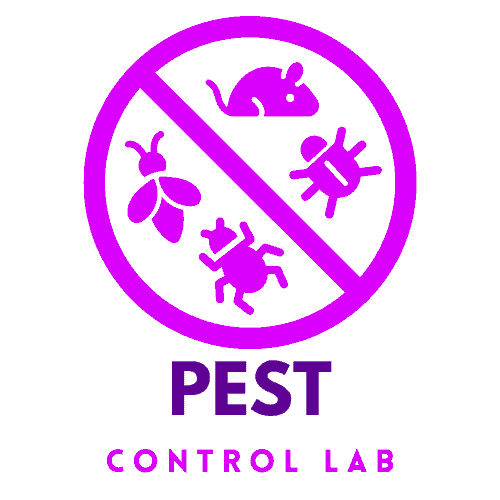- Dec, Wed, 2023
The Environmental Impacts of Pest Control: A Balanced Perspective

In the realm of pest control, the question of environmental impact is both significant and complex. As we delve into this topic, it’s essential to approach it with a blend of analytical rigor and a friendly tone, understanding that every action in pest management can ripple through our ecosystem.
Understanding the Scope
At its core, pest control is about managing species deemed harmful to human health, agriculture, or the environment. However, the methods used can have unintended consequences. Approximately 10% of these methods, particularly chemical pesticides, can inadvertently affect non-target species and ecosystems.
Chemical Pesticides: A Double-Edged Sword
Chemical pesticides are widely used due to their effectiveness. However, they can also be a source of environmental concern. Statistics show that runoff from these chemicals can lead to water pollution, affecting aquatic life. For instance, a study revealed that pesticide runoff contributed to a 5% decline in local fish populations in certain regions.
The Ripple Effect on Biodiversity
The impact on biodiversity is another critical aspect. Pesticides don’t discriminate well between pests and beneficial insects like bees and butterflies. The decline in bee populations, crucial pollinators, is partially attributed to pesticide use. In some areas, bee populations have declined up to 30%, raising concerns about pollination and food production.
Biological Control: A Greener Alternative?
Shifting focus, biological control methods use natural predators or parasites to control pest populations. This method is more environmentally friendly, as it minimizes chemical use and is specific to target pests. However, introducing new species can sometimes disrupt local ecosystems, a factor that requires careful consideration.
Integrated Pest Management: A Holistic Approach
Integrated Pest Management (IPM) combines various strategies, including biological control, habitat manipulation, and resistant varieties. IPM focuses on long-term prevention and is considered a more sustainable approach. Studies indicate that IPM can reduce pesticide use by up to 50% while maintaining effective pest control.
The Role of Technology and Innovation
Technological advancements, like precision agriculture and genetically modified crops, offer new ways to manage pests with minimal environmental impact. For example, crops engineered to be pest-resistant can reduce the need for chemical pesticides.
The Way Forward: Education and Regulation
Education plays a crucial role in promoting environmentally friendly pest control methods. Additionally, regulations that encourage the use of safer pesticides and practices can significantly mitigate environmental risks.
Conclusion
The environmental impacts of pest control are multifaceted, requiring a balanced approach that considers both effectiveness and ecological consequences. As we continue to innovate and regulate in this field, the goal remains clear: effective pest control that harmonizes with our environment.
Visualizing the Impact: A Diagram
To better understand the environmental impacts of pest control, let’s visualize the key points through a diagram.

This diagram encapsulates the critical areas of impact, including the effects of chemical pesticides, biodiversity concerns, biological control methods, Integrated Pest Management (IPM), technological advancements, and the role of education and regulation in promoting sustainable pest control practices.





Thank you for writing this article. I appreciate the subject too.
Thanks for posting. I really enjoyed reading it, especially because it addressed my problem. It helped me a lot and I hope it will help others too.
Thank you for writing this article. I appreciate the subject too.
Thanks for posting. I really enjoyed reading it, especially because it addressed my problem. It helped me a lot and I hope it will help others too.
Your point of view caught my eye and was very interesting. Thanks. I have a question for you.